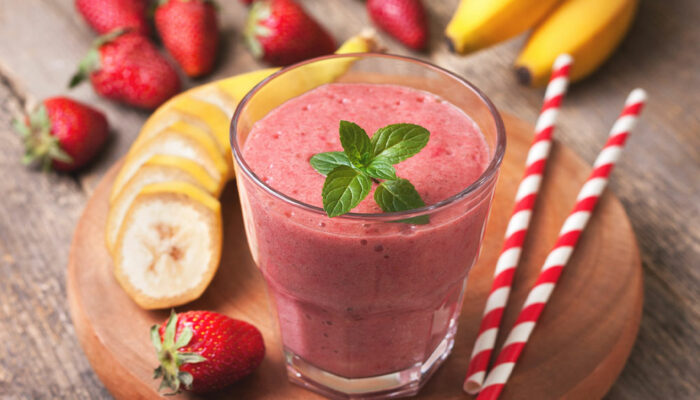
health
7 signs of multiple myeloma to look out for
Multiple myeloma is a rare type of cancer that leads to accumulating cancer cells in the bone marrow. It alters the blood’s plasma cells and lowers the body’s production of disease-fighting antibodies, thus causing a wide range of symptoms in the process. However, the disease often has no signs in its early stages, making it challenging to identify. Therefore, here are the silent signs of multiple myeloma to look out for: Fatigue Healthy blood cells allow the body to fight disease and infections easily. However, with the increase of cancerous cells in the body, it has to work much harder to fight infections, causing fatigue and weakness. Bone problems Since myeloma affects the bone marrow, it can affect the process of bone cell formation, which can lead to problems like bone pain and brittle or broken bones. Kidney problems The breakdown of bone in the body leads to a rise in calcium levels, which can lead to several complications like increased thirst and urination, constipation, confusion, and kidney damage. Low blood counts The multiplication of myeloma cells in the body leads to crowding out healthy blood cells. This reduces the occurrence of red blood cells (anemia) and white blood cells (leukopenia), making one more susceptible to infections.
Read More 








